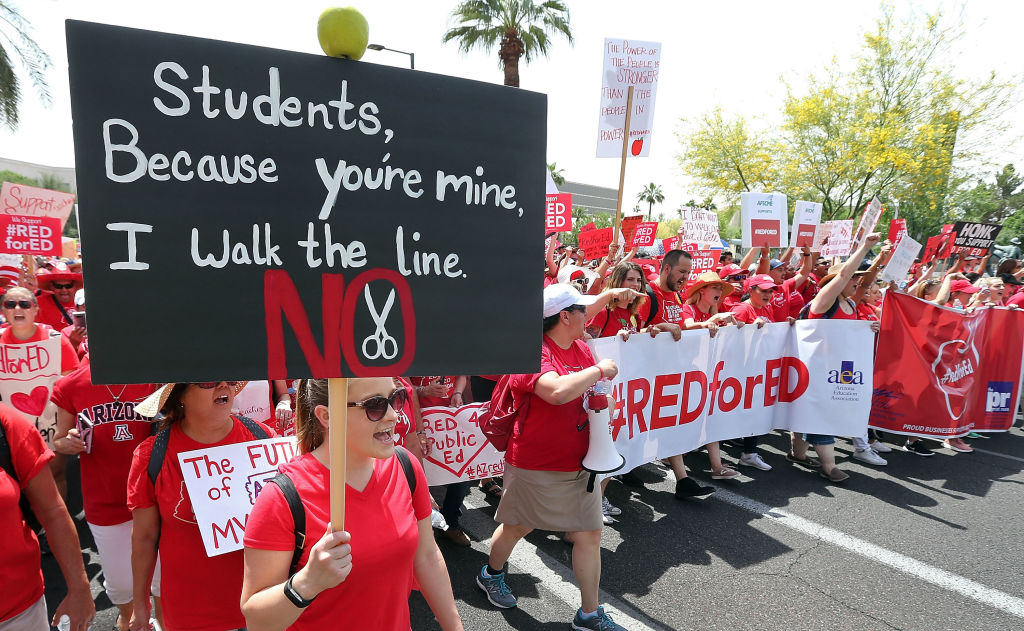
At the end of September, labor law scholars gathered at a conference focused on “Labor and the Constitution: Past, Present, and Future.” There, a group of us considered the problem of “Political Economy and the Constitution”—and the extent to which the Law and Political Economy (LPE) analytical frame can be useful in building a more democratic and egalitarian future for workers.
As readers of this blog know, LPE represents an emerging approach in legal scholarship—or at least a return to an old approach that had long been dormant. Yet, in contrast to other areas of the legal academy, attention to questions of economic power never disappeared from view in labor law. Maybe more than in any other field, people who study the history of the workplace and workers’ position in society have long recognized the importance of power. They have been acutely aware of connections between the political and the economic, between markets and law.
For example, labor law scholars have examined how courts have read common law rights of private property and managerial prerogative into labor law in ways that have trumped workers’ statutory rights. They have focused on the Constitution’s economic and political dimensions, particularly from a historical perspective. And they have grappled with the frequently antidemocratic and antiegalitarian nature of robust judicial review. In the labor field, it is not news that constitutional law is shaped by—and shapes—who wields power over our economy and democracy, nor is it novel to argue that there can be no political democracy without a measure of social and economic democracy and equality.
That said, the field of labor law has seen a lull over the last decades. For a while, scholars complained that the area was ossified or dead. Given how hard it has been to achieve any labor law reform, there was little hope that an academic rethinking of the field would have much effect on the ground.
This pessimistic account of labor law as a field is changing. The broader societal worry about growing economic inequality and the erosion of democracy, along with the resurgence of vibrant worker organizations and other left-political movements, has put labor law and economic constitutional questions back at the center of debate.
So, where does a “law and political economy” approach come in amid this urgent political moment? How can it light a more democratic path forward for labor, the political economy, and the Constitution?
In my view, there are at least three tasks for those of us committed to the endeavor:
The first is to illuminate ways in which constitutional law naturalizes what are actually contested decisions about how resources and power are distributed, and how workers’ rights are defined. This is a critical project. To that end, legal scholars and practitioners must work to unmask and detail how the conservative majority on the Supreme Court is using purportedly neutral constitutional principles to lock in a particular vision of the political economy. Recent opinions relating to the First Amendment, takings law, and administrative law illustrate this pattern. As others on this blog have argued, these conservative opinions—some of which have not yet garnered five votes but are likely to do so soon—are fundamentally about limiting democracy and protecting a deeply inegalitarian politics and economy. Yet, we also ought to examine the more liberal precedents overruled by the recent conservative attacks; many of them also fell short, often embracing false assumptions about separations among law, politics, and markets.
A second task is do the historical and doctrinal work of offering an alternative constitutional interpretation that would support a more democratic and egalitarian political economy. Important work in this vein explores alternative conceptions offered by past worker movements of the First Amendment (for a more doctrinal argument, see this piece), the Thirteenth Amendment, and the Fourteenth Amendment—and necessarily tackles problems of race and gender, as well as class.
Of course, to say that alternative constitutional arguments are imperative doesn’t mean it would be wise to bring claims before the federal courts today, or even that one should aspire to a court-made constitutional labor law. Rather, a third and critical component of a political economy approach to labor and constitutional law is to think about how workers themselves are engaging in a constructive constitutional project outside of courts.
In recent years, we have seen an upsurge in worker organizing and strikes, from the Fight for $15 to the Red for Ed teacher strikes, from the ride-share driver protests to organizing by domestic workers, Google employees, football players, and journalists. To different extents and in different ways, these movement reject the current legal, political, and economic order where corporations make record profits at the expense of workers; where workers lack power to affect the conditions in their workplaces, their industries, and their political communities; and where insufficient public resources exist for our society to thrive. They also reject legal categories and exclusions that have long kept certain workers, often women and people of color, outside of the protection of law. And they reject restrictions on the right of workers to engage in collective protest and expression.
In short, these movements are challenging society’s basic norms and commitments. They are challenging the way we constitute ourselves as a nation. Ultimately, they are offering a new vision for labor law, as well as for other areas of law, from education to healthcare to administrative law. In short, theirs is both a constitutional project and an LPE project.

